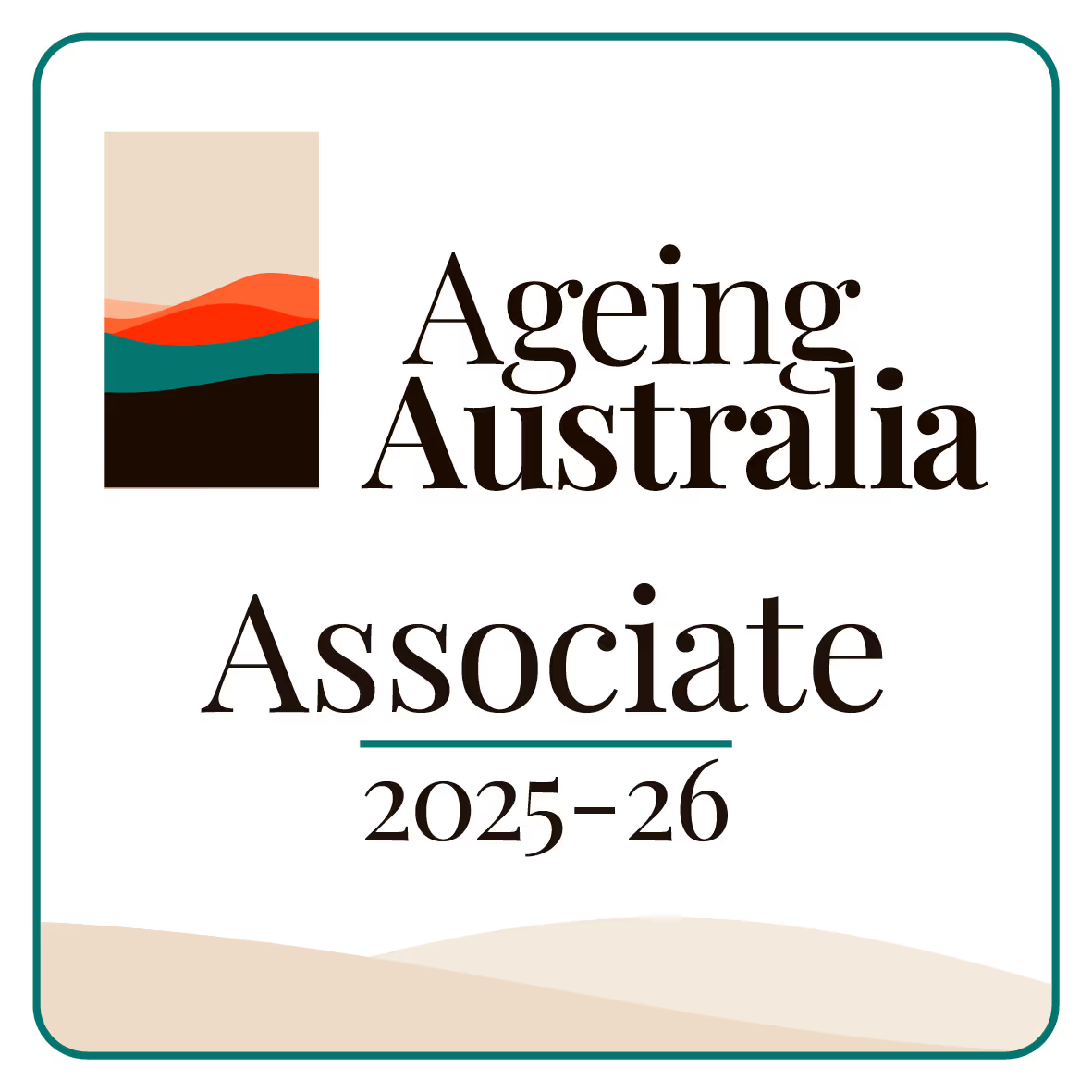Caring for someone with dementia is like walking a winding path where the scenery can change at any moment. One minute things seem fine, and the next, you are dealing with confusion, anger, or a sudden fall. You need more than patience—you need a plan.
If you work in aged care, you already know dementia comes with its own set of risks. It affects memory, behaviour, mood, and even movement. That means the chance of harm—for both the person and those around them—is higher. But with the right steps, you can lower these risks and make daily life safer, calmer, and more manageable.
Let us break it all down together. No fluff, no fancy words—just real talk about what works when it comes to dementia care risk management.
Why Risk Management in Dementia Care Matters
Think of risk management like tying your shoelaces before a long walk. If you skip it, you might trip before you even get started. Dementia care is the same. The risks are not always loud or obvious, but they are there—and if you ignore them, things can go downhill fast.
Memory loss, confusion, and behaviour changes mean higher chances of:
- Wandering off and getting lost
- Medication errors
- Falls and physical injuries
- Verbal or physical outbursts
- Poor hygiene and missed meals
- Emotional distress or fear
And these risks do not only affect the person with dementia. They also impact other residents, staff, and sometimes even visiting family.
.png)
Common Risks in Memory Care Settings
When someone struggles to remember where they are, why they are there, or who you are, that opens the door to a whole bunch of challenges. Let us look at the most common ones.
1. Wandering and Exit-Seeking
This is not just someone going for a stroll. It can mean walking into the street, another resident’s room, or even out the door of the care home.
Triggers include:
- Boredom
- Feeling lost or confused
- Thinking they need to “go home”
- Looking for someone or something familiar
Why it matters: People can fall, trip, or end up in unsafe areas without help nearby.
2. Aggressive or Challenging Behaviour
Sometimes words fail and frustration takes over. A resident may yell, hit, throw things, or even try to bite.
This often happens when they:
- Feel scared or overwhelmed
- Cannot express what they want or need
- Are in pain or discomfort
Why it matters: It can put both staff and other residents at risk, and it can also make daily care harder to deliver.
3. Personal Care Refusal
Some days, a person with dementia may refuse to bathe, eat, or take their medication. Other times, they might wear five jumpers in summer and insist they are cold.
Why it matters: If these behaviours go unchecked, it can lead to dehydration, infection, or poor nutrition.
4. Falls and Injuries
Changes in balance, vision, and judgement mean falls are more likely. Add in confusion, and even a small step or shiny floor can become a trap.
Why it matters: A fall for someone with dementia is not just painful—it can mean surgery, hospital stays, and even faster cognitive decline.
Simple Ways to Manage Dementia Care Risks
Now, let us look at what you can do. Risk management does not mean wrapping people in bubble wrap. It means seeing trouble before it starts and setting up small things to keep everyone safer.
.png)
1. Know the Person
This sounds basic, but it is powerful. If you know what makes someone tick—what calms them, what upsets them, what they like to do—you are one step ahead of risky behaviour.
Helpful questions include:
- What routines are familiar to them?
- What music or objects bring comfort?
- Do certain times of day bring more confusion?
A little personal knowledge goes a long way in stopping confusion before it grows.
2. Keep the Environment Calm and Safe
Think of the space around the resident like a quiet safety net. It should be familiar, not flashy. Simple, not crowded.
Tips for a safer setup:
- Remove rugs and loose wires
- Use nightlights in bedrooms
- Label doors with big, clear signs
- Lock exits or install alarms where needed
- Provide seating that is easy to get in and out of
A calm space leads to a calm mind.
3. Build Daily Routines
Dementia and surprise do not go well together. Predictability brings comfort. Regular meals, rest, walks, and quiet time help prevent agitation.
Stick to:
- Set times for breakfast, hygiene, and bedtime
- Familiar care staff and voices
- Gentle reminders before transitions (like, “We will go to lunch in five minutes.”)
Routines give residents a sense of control—even if they cannot say it.
4. Use Clear, Kind Communication
When memory fades, tone and body language matter more than words. Speak slowly. Smile often. Keep instructions short.
Instead of saying:
“You have to eat now, or you will miss your medicine.”
Try:
“Here is your lunch. Let us eat together.”
Avoid arguing or correcting. It may feel wrong, but sometimes agreeing with a harmless mix-up avoids stress and risk.
Supporting Behaviour Without Force
You cannot stop every outburst or odd habit, but you can reduce how often they happen. This takes a bit of patience, a bit of humour, and a whole lot of listening.
Some helpful tools include:
- Distraction: If someone is upset, gently shift their focus to music, snacks, or a walk.
- Validation: If they say, “I need to get my kids from school,” do not correct. Say something like, “They are safe and well.”
- Redirection: If they are pacing, suggest folding towels or sorting cards—anything that keeps the hands and mind busy.
These simple tricks keep behaviours from turning into something unsafe.
Team Communication Makes the Difference
Risk management is not a one-person job. It takes a group effort to notice, record, and respond to signs of change.
Daily briefings should cover things like:
- Changes in behaviour (more pacing, less eating)
- Medication side effects
- Repeated refusals of care
- New triggers for distress
Keep written notes, not just mental ones. Patterns show up faster when shared across shifts.
Training and Support for Staff
You cannot pour from an empty cup. If you and your team are running on fumes, mistakes happen. Risk grows.
Look for regular training in:
- Behaviour support plans
- Safe handling techniques
- Signs of medical decline
- Emotional support strategies
Also, make room for team discussions and check-ins. Let people vent, ask questions, and swap tips. It is not just about being better at the job—it is about staying human while doing it.
Medication in Dementia Care
Giving medicine to someone with dementia comes with its own landmines.
You might see:
- Spitting out pills
- Hiding tablets in napkins
- Refusing without reason
This is where gentle encouragement, disguised medicine (if approved), and patience come in.
Always double-check medication charts, and keep an eye on side effects that might worsen confusion or mood swings.
Family Involvement and Planning
You are not alone in this. Families often want to help but do not know how. Keeping them involved lowers confusion and builds trust.
Simple steps include:
- Calling them when behaviours change
- Inviting them to planning meetings
- Asking what routines worked at home
- Being honest about risk and safety concerns
Even a weekly update call can help them feel included—and might give you helpful insights you did not know.
.png)
Reporting Incidents and Learning From Them
Do not sweep problems under the rug. A fall, a panic attack, or an aggressive episode should always be logged, no matter how small.
Good incident reports help your team:
- Spot patterns
- Adjust care plans
- Improve the environment
- Protect themselves legally
No one likes paperwork, but it is your best tool for spotting trouble before it strikes again.
Wrapping Up: Small Steps, Big Impact
You do not need a fancy system or expensive gear to lower dementia care risks. What you need is awareness, teamwork, and heart.
Think ahead. Notice patterns. Talk often. Listen more. And remember, risk management in dementia care is not about removing every bump in the road—it is about knowing where the bumps are, and helping everyone get over them safely.










